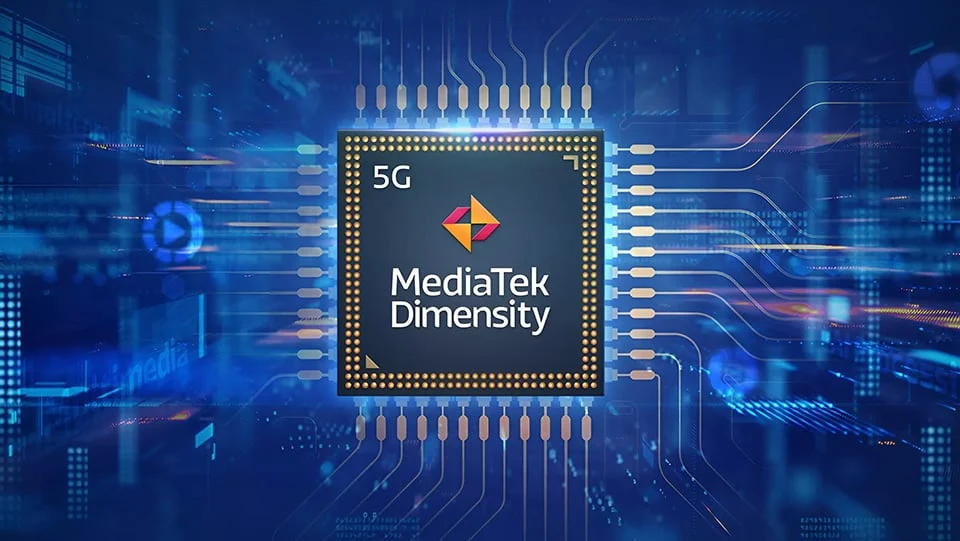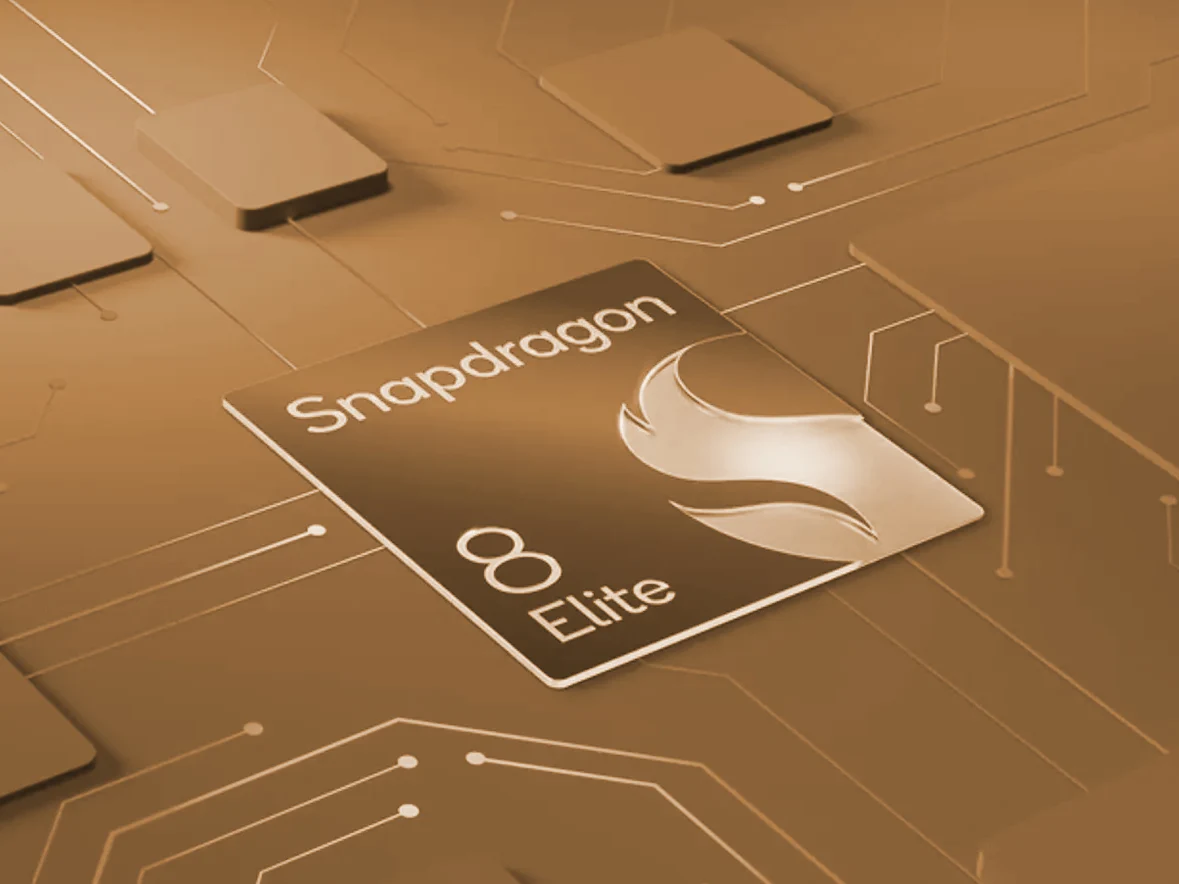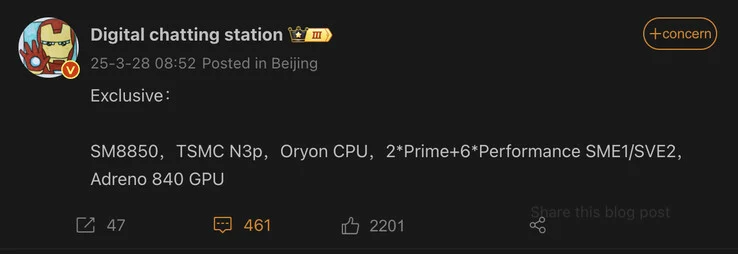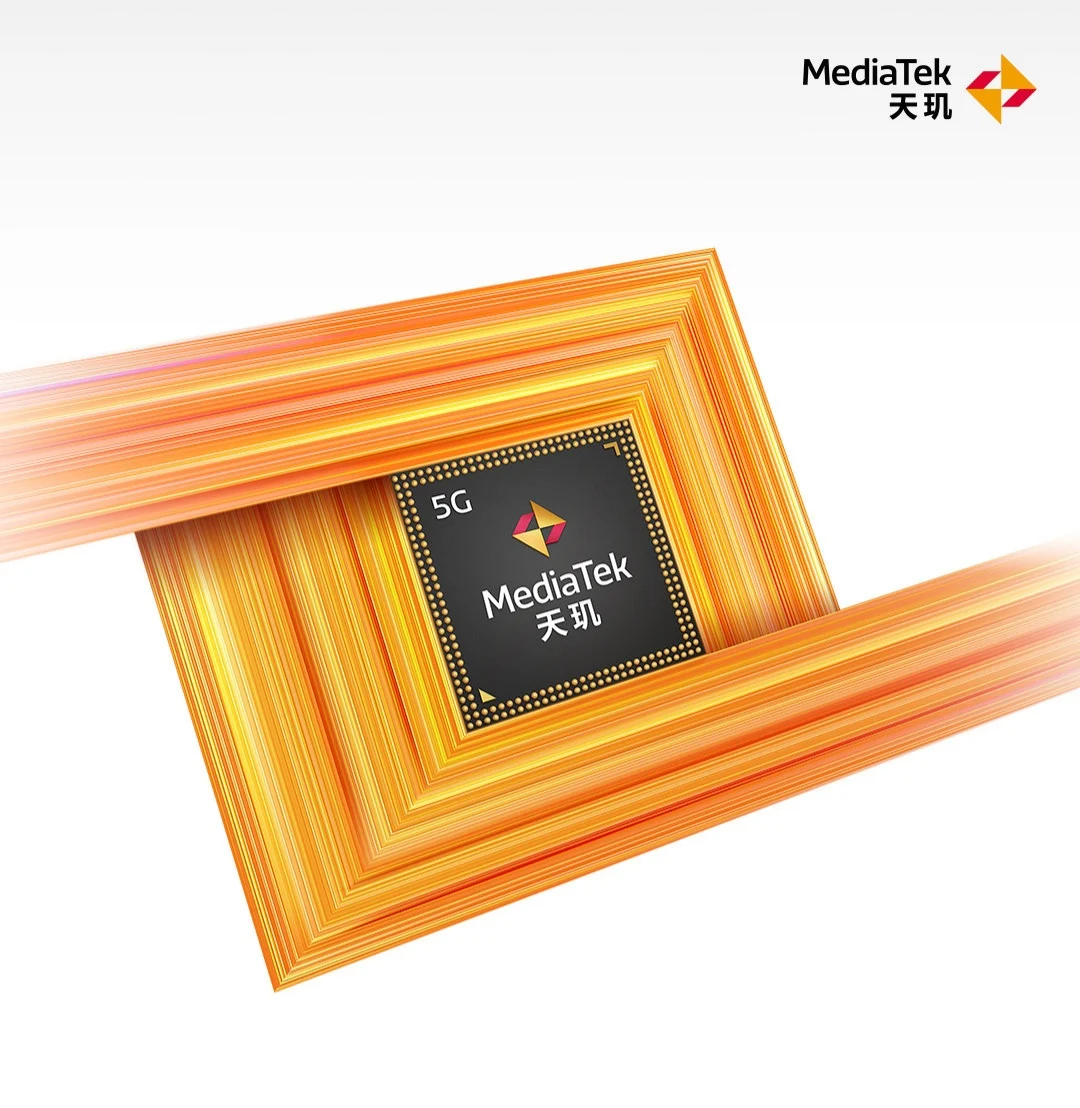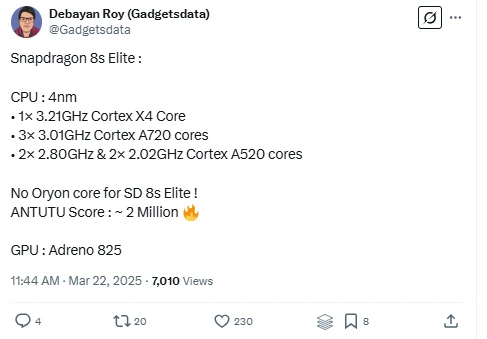Key Takeaways
1. Qualcomm and Samsung Foundry’s partnership has faced challenges since the Snapdragon 888 and Snapdragon 8 Gen 1, with Samsung focusing on entry-level and mid-range chips.
2. A deal between Qualcomm and Samsung Foundry is expected soon, with chip samples recently delivered; production will likely use advanced 3 nm class nodes.
3. The Snapdragon 8 Elite 2 for Galaxy is rumored to be produced on Samsung’s 2 nm node, while the standard version will use TSMC’s N3P node.
4. The Snapdragon 8 Elite 2 is anticipated to power upcoming Galaxy S26 and Galaxy Z Fold 8 devices, with improved yield rates at Samsung Foundry potentially facilitating production.
5. Sourcing chips from both TSMC and Samsung may lead to compatibility issues, and while Samsung’s technology has advantages, it may still struggle to compete with TSMC.
Qualcomm and Samsung Foundry have had a rocky partnership since the Snapdragon 888 and Snapdragon 8 Gen 1. Following those events, Samsung Foundry has mostly focused on producing entry-level and mid-range chips. However, a recent report from the South Korean news site FNNews indicates that this situation might change shortly.
New Developments on the Horizon
The report mentions that a deal with Qualcomm is “imminent,” as Samsung Foundry has recently delivered samples to the U.S. chip manufacturer. Although the specifics are not clearly stated, it is expected that the chips will be produced using one of Samsung’s 3 nm class nodes, probably SF3P or SF2. Since this is an advanced technology node, it’s improbable that it would be utilized for mid-range products.
Rumors About Snapdragon 8 Elite 2
This aligns with previous rumors suggesting that the Snapdragon 8 Elite 2 for Galaxy (previously referred to as the Snapdragon 8 Gen 5 for Galaxy) will be produced on Samsung’s 2 nm node. Meanwhile, the standard version of the Snapdragon 8 Elite 2 is anticipated to utilize TSMC’s N3P node.
If everything goes as planned, the Snapdragon 8 Elite 2 for Galaxy is expected to power the Galaxy S26 and Galaxy Z Fold 8 series in the upcoming year. This time around, the chip may actually be ready before the devices are available for purchase, as another report claims Samsung Foundry’s 2 nm yield has improved to approximately 40% (up from 20%). While this yield isn’t sufficient for mass production, it provides Samsung ample opportunity to surpass the 60% threshold needed for production.
Potential Issues Ahead
That being said, sourcing chips from both TSMC and Samsung Foundry could create some issues for end users and might lead to a situation similar to Chipgate. On paper, Samsung’s node holds an advantage over TSMC’s N3P due to its GAA (gate all around) design, unlike TSMC’s FinFET. However, this advantage alone may not be enough to surpass TSMC’s capabilities.
FNNews’s report highlights these developments, providing insight into the ongoing dynamics between Qualcomm and Samsung Foundry.
Source:
Link




